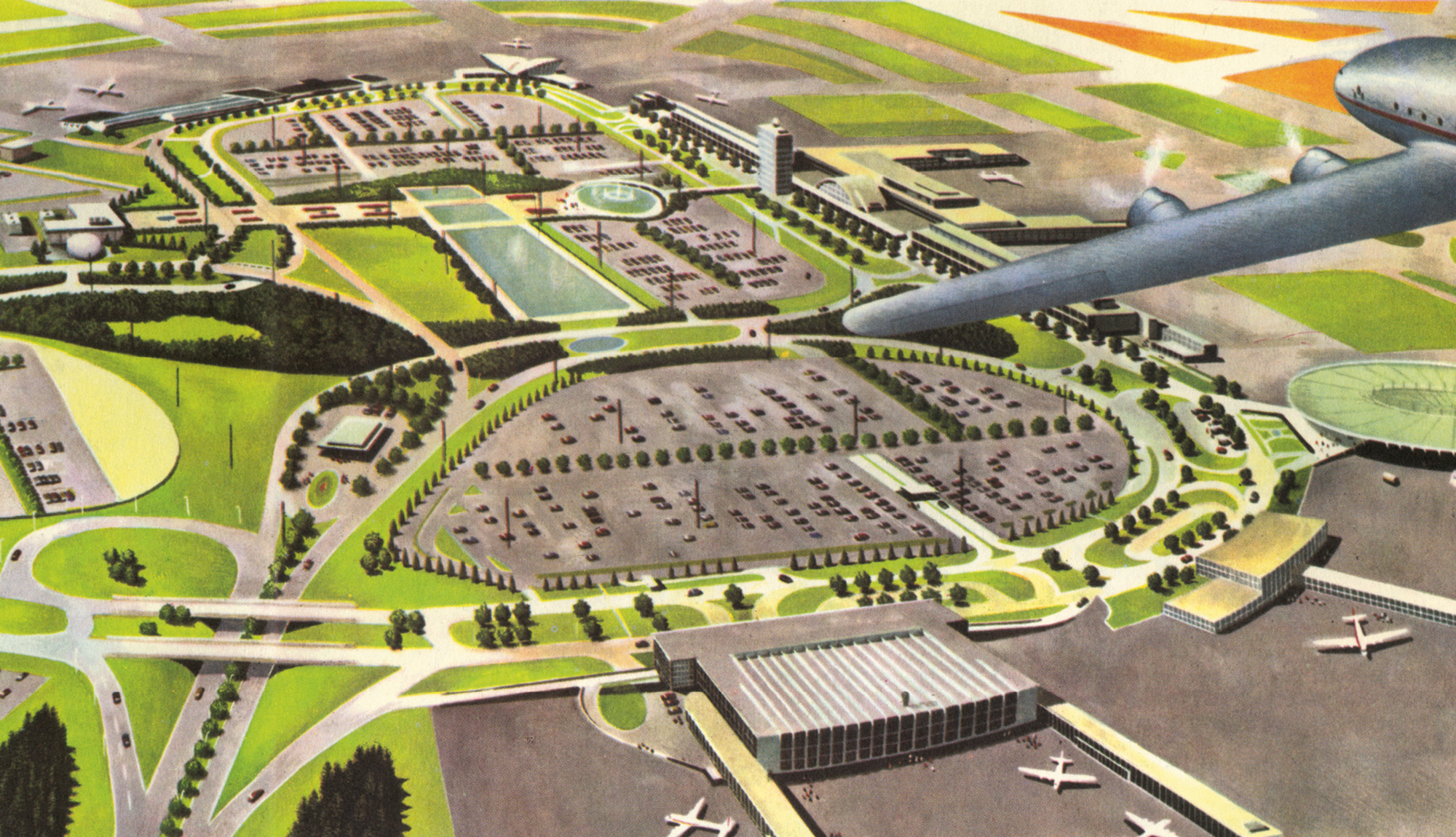Getting a Fix: An Interview with Iris Lupu
Memories of a career in aviation infrastructure
Claire Lehmann and Iris Lupu

In 1918, the US civil aviation industry got its official start with the US Postal Service’s establishment of the first airmail routes. Soon thereafter, the pressing need for a central body to administer these routes, both for mail and for general commerce, became clear. The editors of Aviation and Aeronautical Engineering proclaimed in 1919, “The conviction is daily gaining ground that aerial transport services will not come into being until what the French call the ‘infrastructure’—that is, air routes provided with suitable landing grounds and properly marked for day and night flying—are organized.” Over time, aerial navigation markers evolved from bonfires to rotating light beacons and ultimately to radio signals; landing fields were lengthened; pilots were licensed and aircrafts inspected—developments overseen first by the Aeronautic Branch of the Department of Commerce, created in 1926, and then by the Federal Aviation Administration (FAA) after 1958.
Iris Lupu worked for the FAA for over thirty years, as an airport surveyor, design engineer, manager of programming, and airport manager of the Islip Sector Field Office and LaGuardia Sector Field Office. During her career, she was involved in the design, construction, and maintenance of instrument landing systems, approach light systems, and the control towers at John F. Kennedy International Airport, LaGuardia Airport, Newark Liberty International Airport, and Long Island MacArthur Airport. Claire Lehmann spoke with her in New York City.
Claire Lehmann: You worked for the Federal Aviation Administration for over thirty years, is that right?
Iris Lupu: Yes. And I’m now retired, which means I can talk to you about almost anything pertaining to my career.
Tell me how you started, and what you studied to get into this line of work.
I grew up in Queens, but I was born in Israel, and I came to the US when I was ten and a half. It took me many years to learn English, because it was a totally different language. I was good at math, though, and when I finished high school, I decided to enroll at City College of New York to become a civil engineer. At first I was planning to specialize in sewage treatment control, which was a very new field forty years ago. But then I met my husband, who was also a civil engineer, and he was going to graduate before me, so I went with him to his job-recruiting sessions. At that time, there were very few women in engineering, so I was recruited because of affirmative action. The FAA was about the only one recruiting, and they offered me the job. Since my husband was graduating six months before me, I said, “No, you hire him first, and I promise that when I graduate I’ll come and work for the FAA”—though in fact I had no intention of working in aviation. So he was hired by the FAA in the Eastern Region to travel from airport to airport, surveying for Instrument Landing Systems (ILS)—the electronic equipment strategically located on and off airports that helps pilots land safely. When he came home on weekends, he would be so excited about the job, and eventually he convinced me to join the FAA.
I started working in January 1974. My second day on the job, I was given an airline ticket to meet my team in Syracuse, New York, in the dead of winter, to perform surveys outdoors in deep snow. I continued doing fieldwork for the next two years. The job was just amazing. I loved traveling around the Eastern Region—we were installing in airports from upstate New York down through West Virginia.